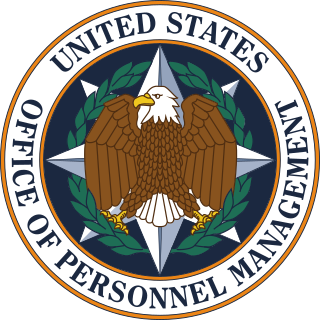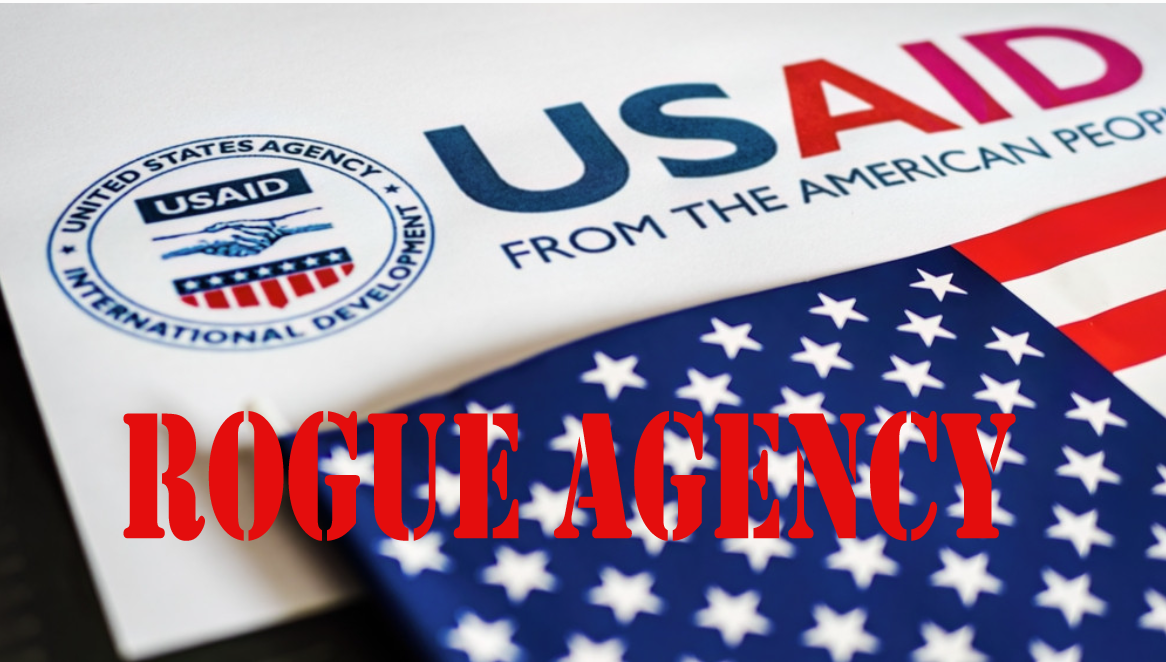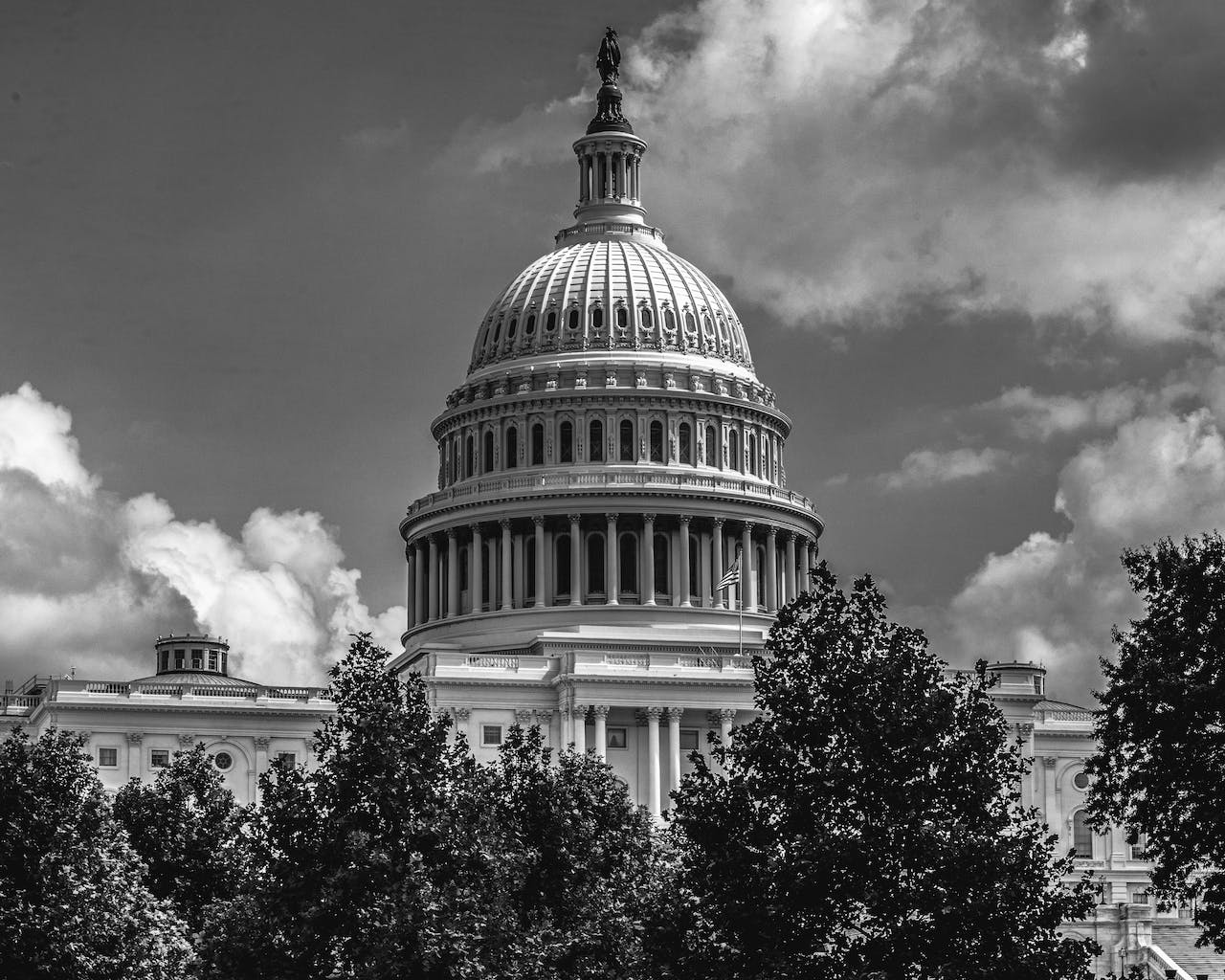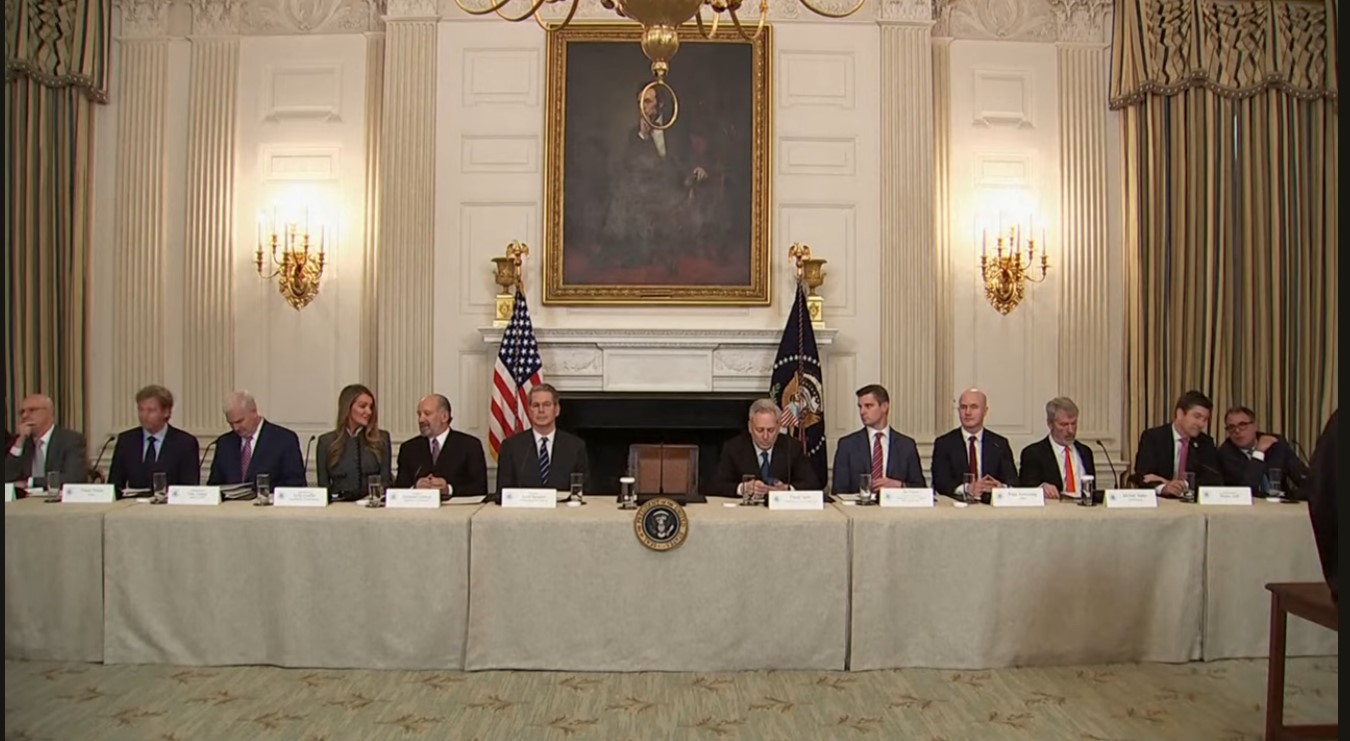By DAVID MASTIO
The Sacramento Bee
As Elon Musk’s Department of Government Efficiency slashes its way through the federal government, agencies are preparing to cut between 10% and 50% of their work forces. At just one, the Department of Health and Human Services, the cut will be in the neighborhood of 20,000 jobs. In the end cuts will number in the hundreds of thousands.
But President Donald Trump isn’t satisfied with that. He’s taking aim at federal workers who get to keep their jobs, too.
On Wednesday, Trump signed an executive order aimed at dismantling collective bargaining rights for hundreds of thousands of federal workers who remain, citing national security as the justification. The move has unions howling.
Already unions weren’t happy. Many had taken the Trump administration, barely more than 60 days old, to court in more than 15 lawsuits filed by the National Treasury Employees Union, the American Federation of Government Employees, The American Federation of State, County and Municipal Employees, the American Federation of Teachers and the National Education Association among others.
But it is long past time to reconsider whether public employee unions should exist at all. Union lawyers rightly point out that Trump can’t take such a step with a simple executive order as the role of unions in government employment is law passed by congress.
Such unions are a relatively new innovation, despite the fact that most of us don’t remember a time when we didn’t have federal government employee unions. It wasn’t until 1978, under Jimmy Carter, that they were fully legalized. Ironically, it was an executive order signed by President John F. Kennedy who let them get their foot in the door 25 years before.
The reason that public employee unions don’t make sense is simple. In the private sector, unions bargain against business owners and the managers they employ to get a fair share of the profits the union workers help generate. Fair enough. But in government, there are no owners and no profits to be distributed.
The problem is that a key limit on union power in the private sector doesn’t exist for public employee unions. If a private union is too successful in negotiating with its employer, high wages, benefits and restrictive work rules can drive the company out of business costing union members their jobs. Private unions need the businesses they organize to thrive or at least continue to exist. Governments don’t go out of business.
Moreover, public employee unions bargain with politicians for the public’s tax dollars at the same time the unions are key players in electing the politicians in the first place. The result is that federal employees enjoy compensation 17% higher than similarly-educated private-sector peers according to the Bureau of Labor Statistics. And that’s not counting the employment stability government employment offered before the advent of DOGE.
Indeed, before JFK even Democrats knew all this was a problem. No less a Democratic hero than President Franklin Delano Roosevelt put his concerns in writing. “All Government employees should realize that the process of collective bargaining, as usually understood, cannot be transplanted into the public service,” FDR wrote in 1937 to the National Federation of Federal Employees.
He continued: “It has its distinct and insurmountable limitations when applied to public personnel management. The very nature and purposes of Government make it impossible for administrative officials to represent fully or to bind the employer in mutual discussions with Government employee organizations. The employer is the whole people …” he wrote, “militant tactics have no place in the functions of any organization of Government employees. Upon employees in the Federal service rests the obligation to serve the whole people, whose interests and welfare require orderliness and continuity in the conduct of Government activities. This obligation is paramount.”
Roosevelt concluded that strikes against the people were “unthinkable and intolerable” perhaps presaging President Ronald Reagan’s decision to fire striking federal aircraft controllers in 1981.
Trump can’t take the ultimate step of abolishing government employee unions altogether. That would take action on the part of the Republican Congress. That’s not too far-fetched, though. It was just last month that Utah joined the Carolinas in becoming the third state to end collective bargaining for public employee unions. And it is in the now official plan for the Trump administration, Project 2025, where the authors say Congress needs to act.
If Trump and Republicans want DOGE to have a lasting impact on Washington, this is a step they must take.
Source: https://www.aol.com/really-want-doge-last-ban-115312526.html




